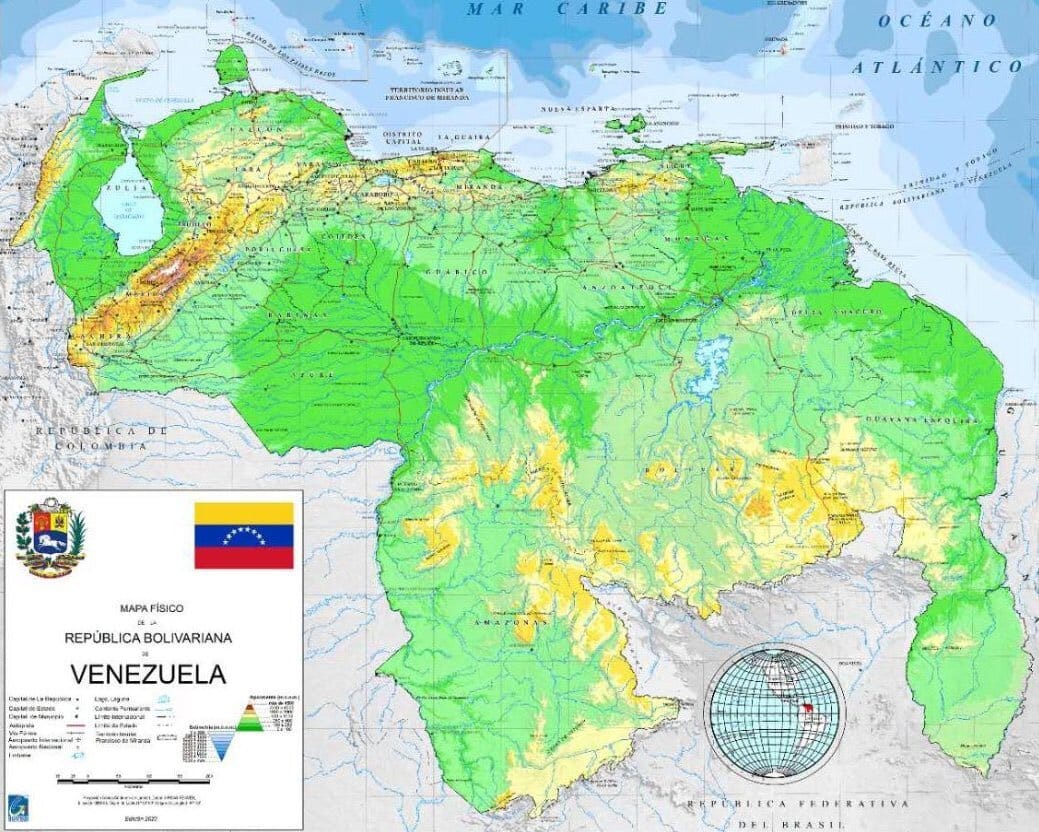
"Privacy is not dead, just cumbersome and getting more and more expensive.”
Intelligence Fun Fact:
Unraveling the Web: The Gap Between True Open Source Intelligence and Social Media's OSINT
In the age of information, where the digital realm has become the battleground for truth and deception, the term Open Source Intelligence (OSINT) has emerged as a buzzword. Yet, a closer look reveals a significant divide between the essence of true OSINT and the way it is often wielded on social media platforms.
Unveiling the Facade
On the surface, many online accounts boast about their prowess in Open Source Intelligence. A quick scroll through Twitter, Facebook, or Reddit reveals numerous profiles claiming to provide valuable intelligence insights, but are they truly living up to the principles of OSINT? The distinction lies in understanding the core difference between raw data and intelligence.
OSINT vs. Overt Information Dissemination
True Open Source Intelligence involves a comprehensive process that goes beyond mere data collection. It encompasses the systematic gathering, processing, analyzing, and interpreting of information from publicly available sources. However, a growing trend on social media sees accounts hastily grabbing raw data and disseminating it without undergoing the necessary steps to convert data into actionable intelligence.
The Missing Steps
Analysis: True OSINT involves the critical examination of data to extract meaningful insights. Unfortunately, many online entities skip this crucial step, presenting data without context or interpretation.
Contextualization: Information is not an isolated thing; it gains relevance within a specific context. Genuine OSINT accounts delve deep into understanding the context surrounding data, providing a nuanced perspective. In contrast, social media OSINT often lacks this contextualization, leading to misinterpretation.
Verification: OSINT experts understand the importance of verifying information to ensure its accuracy and reliability. Some online platforms will sidestep this, leading to the spread of misinformation.
The True Essence of OSINT
To bridge the gap between the current state of social media OSINT and the genuine principles of Open Source Intelligence, it is crucial to revisit the foundational pillars of OSINT:
Collection:
OSINT Principle: Systematic gathering of information from open sources.
Social Media OSINT: Often limited to data scraping without a comprehensive approach to diverse sources.
Analysis:
OSINT Principle: Thorough examination of collected data for insights.
Social Media OSINT: Frequently lacks analytical depth, presenting raw data without interpretation.
Contextualization:
OSINT Principle: Placing information within a broader context to enhance understanding.
Social Media OSINT: Frequently neglects the importance of context, leading to potential misinterpretation.
Verification:
OSINT Principle: Ensuring the accuracy and reliability of information through verification.
Social Media OSINT: Verification processes are often overlooked, contributing to the spread of unverified information.
Dissemination:
OSINT Principle: Sharing intelligence with appropriate stakeholders.
Social Media OSINT: Often skips essential steps in the intelligence process, leading to hasty dissemination of raw data.
The Road Ahead: Enhancing Social Media OSINT
While social media OSINT has become a valuable tool for information enthusiasts, there is a pressing need to elevate its standards to align with true Open Source Intelligence. Here are some key recommendations to bridge the existing gap:
Education and Awareness:
OSINT enthusiasts and content creators on social media should prioritize educating their audience about the fundamental principles of intelligence. This can empower followers to distinguish between raw data and well-analyzed intelligence.
Collaboration:
True OSINT often involves collaboration among experts with diverse skill sets. Social media OSINT accounts should consider engaging in collaborative efforts to enhance the depth and accuracy of their analyses.
Transparency:
Social media OSINT accounts should be transparent about their methodology, sources, and limitations. This transparency can help followers assess the reliability of the information presented.
Incorporate Analytical Tools:
To enhance the analytical depth of social media OSINT, content creators should consider incorporating analytical tools and frameworks that aid in contextualizing and interpreting data.
Encourage Critical Thinking:
Followers of social media OSINT accounts should be encouraged to develop critical thinking skills. Questioning the context, sources, and interpretations can contribute to a more informed and discerning audience.
Conclusion
In the realm of Open Source Intelligence, the divide between genuine OSINT practices and the current state of social media OSINT is evident. While the latter provides valuable information, it often falls short of fulfilling the holistic intelligence process. Bridging this gap requires a collective effort from content creators, followers, and the broader online community. By emphasizing education, collaboration, transparency, and analytical rigor, social media OSINT can evolve into a more robust and reliable source of intelligence in the digital age.
Stay safe out there!
Escalating Tensions between Venezuela and Guyana Over Essequibo Region

Escalating tensions between Venezuela and Guyana over the disputed Essequibo region have prompted international concern and diplomatic efforts. The U.S. announced joint military flight drills with Guyana, reflecting growing unease. Also, Brazil reinforced its northern border and the UN Security Council convened an urgent meeting. Venezuela, led by President Nicolas Maduro, claimed citizens' support for annexing Essequibo. This action has led to threats of military intervention and the expulsion of foreign oil companies. Guyana, asserting its sovereignty, prepared for potential conflict and sought diplomatic solutions, engaging with the U.S., India, and Cuba.
Amidst these heightened tensions, the United Nations Security Council discussed the situation but took no immediate action. The international community emphasized the importance of respecting international law, including the UN Charter and the International Court of Justice's role as an arbiter. The U.S. and Guyana called for peaceful diplomacy, while Brazil expressed growing concern about the situation on its northern border. The dispute, rooted in historical claims, intensified after ExxonMobil's oil discovery in 2015, leading to conflicting referendums, military posturing, and a complex legal process before the ICJ.
In a significant development, Venezuela and Guyana have tentatively agreed to a high-level meeting proposed by St. Vincent and Grenadines Prime Minister Ralph Gonsalves. The meeting, scheduled for December 14, aims to de-escalate the conflict and foster face-to-face dialogue. Both nations, led by Presidents Nicolas Maduro and Irfaan Ali, have agreed in principle, with Guyana reiterating that its land boundary is not up for discussion while it is before the ICJ. The international community, including the UN Secretary-General, has emphasized the need for peaceful resolution and urged adherence to the ICJ's decisions.
Executive Summary:
The recent escalation of tensions between Venezuela and Guyana over the disputed Essequibo region carries significant implications for the Latin American region. This complex issue, encompassing historical disputes, oil discoveries, military posturing, and international diplomatic efforts, requires a nuanced assessment to understand potential consequences and formulate actionable insights.
1. Geopolitical Implications:
The ongoing territorial dispute poses a threat to regional stability, with Venezuela's President Nicolas Maduro leveraging nationalist sentiments ahead of upcoming elections. The militarization of the conflict and Venezuela's rejection of international arbitration mechanisms like the International Court of Justice (ICJ) indicate a departure from diplomatic norms. The involvement of external actors, such as the U.S. and Brazil, suggests a widening regional impact.
2. Economic and Energy Security Implications:
The Essequibo region's significance lies in its substantial oil reserves, especially since ExxonMobil's discovery in 2015. Venezuela's threat to annex the area and expel foreign oil companies raises concerns about disruptions to energy security and economic stability in the region. The involvement of the U.S., a key player in global oil dynamics, in joint military flight drills with Guyana indicates a strategic interest in safeguarding energy resources.
3. Diplomatic and Legal Implications:
The rejection of the ICJ's jurisdiction by Venezuela and Guyana's insistence on legal recourse underscores the complexity of resolving the dispute through established international mechanisms. The proposed high-level meeting between the two governments offers a diplomatic avenue, but the reluctance to discuss the land boundary presents challenges. The international community's emphasis on peaceful resolutions highlights the need for diplomatic engagement to prevent further escalation.
Analyst Comments:
Security Implications and Regional Stability: The increasing militarization of the Venezuela-Guyana conflict raises concerns about the potential for a broader regional security crisis. As both nations engage in military posturing, the involvement of external actors like the U.S. and Brazil suggests a risk of regional instability. The international community should closely monitor these developments, emphasizing the need for diplomatic solutions to prevent a spill-over effect that could destabilize the entire Latin American region.
Energy Security and Global Economic Impact: The Essequibo region's significance in the energy landscape, coupled with the threat of disruptions due to Venezuela's annexation plans, has direct implications for global energy security and economic stability. The U.S.'s involvement in joint military exercises indicates a strategic interest in safeguarding energy resources. As tensions escalate, there is a potential for increased volatility in global oil markets. Policymakers and stakeholders should consider contingency plans to address potential economic repercussions and collaborate on mitigating energy supply chain disruptions.
Diplomatic Challenges and Implications for International Law: The diplomatic challenges arising from Venezuela's rejection of the International Court of Justice's jurisdiction and Guyana's insistence on legal recourse highlight the complexity of resolving territorial disputes through established international mechanisms. The proposed high-level meeting presents an opportunity for dialogue, but the reluctance to discuss the land boundary currently under ICJ review poses challenges. The international community should actively support diplomatic efforts to uphold the rule of law and encourage both nations to engage constructively in negotiations. This case underscores the need for a reevaluation of international dispute resolution mechanisms to address such complex geopolitical issues.
This Week Explained

Stay safe out there

